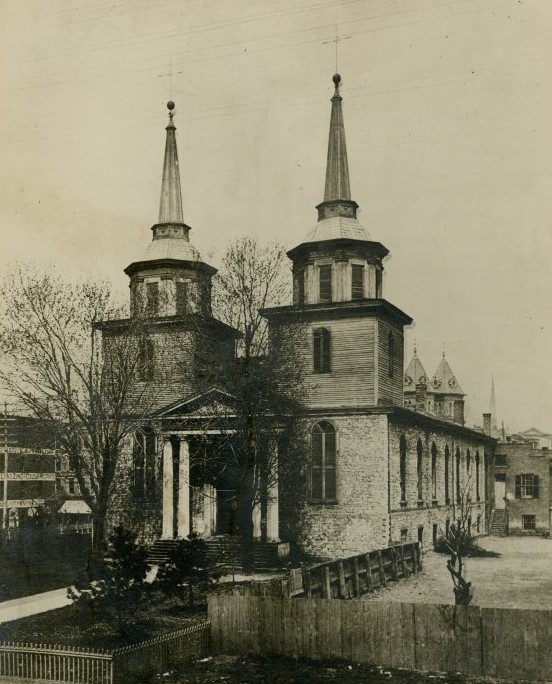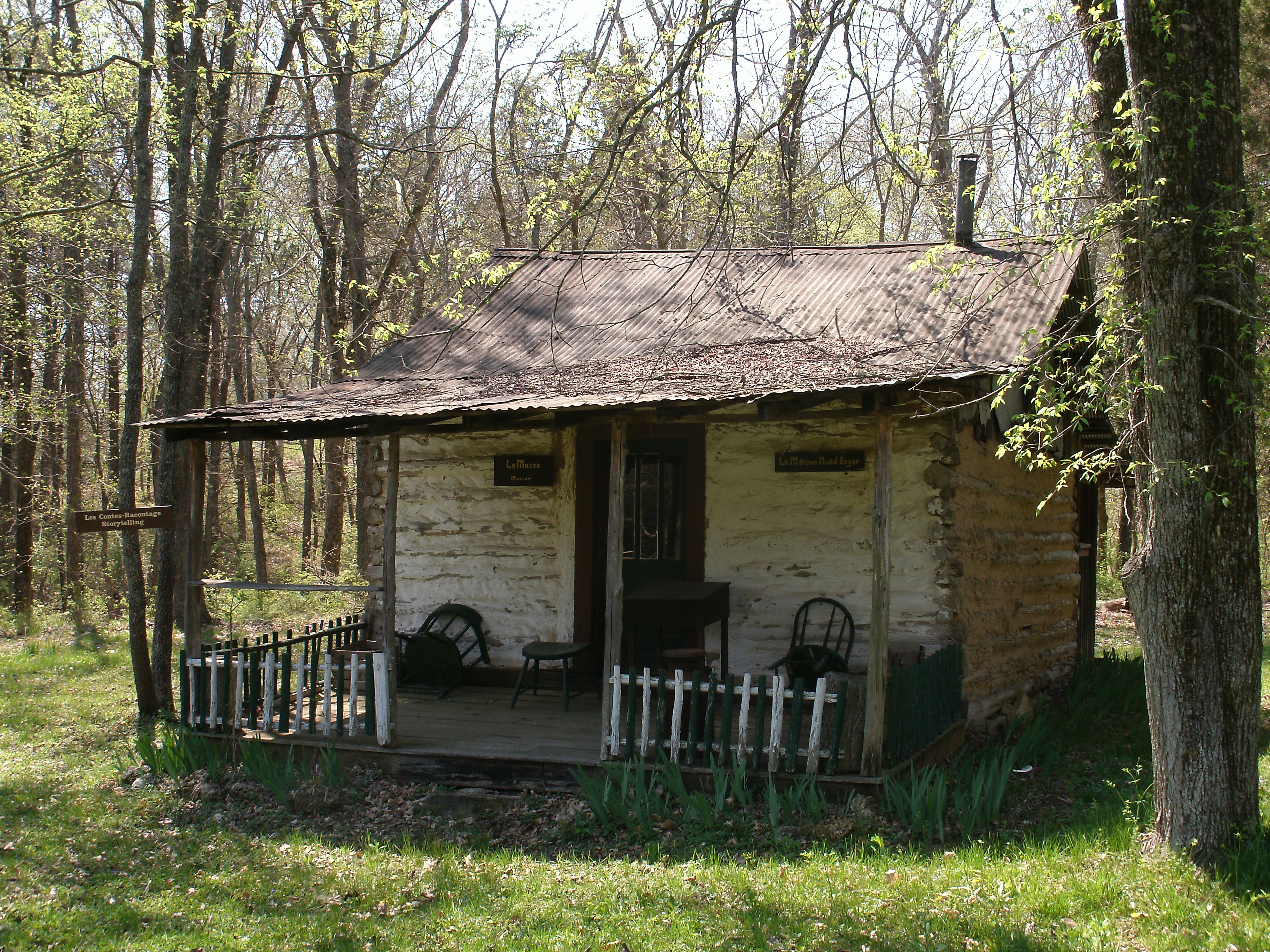|
List Of Towns In New France
This article presents a list of towns and villages in New France. These towns and villages were / are still located throughout the former North American colonies of France. Acadia *Beaubassin *Cobequid *Pisiguit *Port-Royal * Grand-Pré Canada * Beauport * Charlesbourg * Kamouraska *L'Assomption * Montmagny *Montreal *Québec *Tadoussac *Trois-Rivières *Varennes *Verchères Upper Country *Détroit *La Baye *Sainte-Marie among the Hurons * Saint-Ignace * Sault-Sainte-Marie Louisiana *Baton Rouge *Biloxi *Cahokia *Kaskaskia *La Vieille Mine * Mine à Breton *Mobile * Natchitoches *New Orleans *Prairie du Rocher * Saint Philippe *St. Louis * Ste-Geneviève *Vincennes Royal Island *Arichat * Baie de Glace *Louisbourg * Petit-de-Grat Isle Saint John *Port-LaJoye French Coast of Newfoundland *Miquelon * Plaisance * Saint-Pierre {{DEFAULTSORT:Towns and Villages In New France France geography-related lists New France New France (french: Nouvelle-France) was t ... [...More Info...] [...Related Items...] OR: [Wikipedia] [Google] [Baidu] |
New France
New France (french: Nouvelle-France) was the area colonized by France in North America, beginning with the exploration of the Gulf of Saint Lawrence by Jacques Cartier in 1534 and ending with the cession of New France to Great Britain and Spain in 1763 under the Treaty of Paris. The vast territory of ''New France'' consisted of five colonies at its peak in 1712, each with its own administration: Canada, the most developed colony, was divided into the districts of Québec, Trois-Rivières, and Montréal; Hudson Bay; Acadie in the northeast; Plaisance on the island of Newfoundland; and Louisiane. It extended from Newfoundland to the Canadian Prairies and from Hudson Bay to the Gulf of Mexico, including all the Great Lakes of North America. In the 16th century, the lands were used primarily to draw from the wealth of natural resources such as furs through trade with the various indigenous peoples. In the seventeenth century, successful settlements began in Acadia and in Quebe ... [...More Info...] [...Related Items...] OR: [Wikipedia] [Google] [Baidu] |
History Of Detroit, Michigan
Detroit, the largest city in the state of Michigan, was settled in 1701 by French colonists. It is the first European settlement above tidewater in North America., p. 56. Founded as a New France fur trading post, it began to expand during the 19th century with American settlement around the Great Lakes. By 1920, based on the booming auto industry and immigration, it became a world-class industrial powerhouse and the fourth-largest city in the United States. It held that standing through the mid-20th century. The first Europeans to settle in Detroit were French country traders and colonists from the New Orleans (the La Louisiane) colony. They were joined by traders from Montreal and Quebec; all had to contend with the powerful Five Nations of the League of the Iroquois, who took control of the southern shores of Lakes Erie and Huron through the Beaver Wars of the 17th century, during which they conquered or pushed out lesser tribes. [Baidu] |
Prairie Du Rocher, Illinois
Prairie du Rocher ("The Rock Prairie" in French) is a village in Randolph County, Illinois, United States. Founded in the French colonial period in the American Midwest, the community is located near bluffs that flank the east side of the Mississippi River along the floodplain often called the "American Bottom". The population was 502 at the 2020 census. Prairie du Rocher is one of the oldest communities in the 21st century United States that was founded as a French settlement. About four miles to the west, closer to the Mississippi River, is Fort de Chartres, site of a French military fortification and colonial headquarters established in 1720. Some buildings were reconstructed after falling into ruins, and the complex is now a state park and historical site. The fort and town were a center of government and commerce at the time when France claimed a vast territory in North America, New France or ''La Louisiane'', which stretched from present-day Louisiana and the Illinois Co ... [...More Info...] [...Related Items...] OR: [Wikipedia] [Google] [Baidu] |
History Of New Orleans
The history of New Orleans, Louisiana, traces the city's development from its founding by the French in 1718 through its period of Spanish control, then briefly back to French rule before being acquired by the United States in the Louisiana Purchase in 1803. During the War of 1812, the last major battle was the Battle of New Orleans in 1815. Throughout the 19th century, New Orleans was the largest port in the Southern United States, exporting most of the nation's cotton output and other products to Western Europe and New England. With it being the largest city in the South at the start of the Civil War (1861–1865), it was an early target for capture by Union forces. With its rich and unique cultural and architectural heritage, New Orleans remains a major destination for live music, tourism, conventions, and sporting events and annual Mardi Gras celebrations. After the significant destruction and loss of life resulting from Hurricane Katrina in 2005, the city would bounce bac ... [...More Info...] [...Related Items...] OR: [Wikipedia] [Google] [Baidu] |
Natchitoches, Louisiana
Natchitoches ( ; french: link=no, Les Natchitoches) is a small city and the parish seat of Natchitoches Parish, Louisiana, United States. Established in 1714 by Louis Juchereau de St. Denis as part of French Louisiana, the community was named after the indigenous Natchitoches people. The City of Natchitoches was incorporated on February 5, 1819, after Louisiana had become a state in 1812. It is the oldest permanent settlement in the land acquired by the Louisiana Purchase. Natchitoches is home to Northwestern State University. Its sister city is Nacogdoches, Texas. History Early years Natchitoches was established in 1714 by Canadien explorer Louis Juchereau de St. Denis. It is the oldest permanent European settlement within the borders of the 1803 Louisiana Purchase. Natchitoches was founded as a French outpost on the Red River for trade with Spanish-controlled Mexico; French traders settled there as early as 1699. The post was established near a village of Natchitoches In ... [...More Info...] [...Related Items...] OR: [Wikipedia] [Google] [Baidu] |
History Of Mobile, Alabama
History (derived ) is the systematic study and the documentation of the human activity. The time period of event before the invention of writing systems is considered prehistory. "History" is an umbrella term comprising past events as well as the memory, discovery, collection, organization, presentation, and interpretation of these events. Historians seek knowledge of the past using historical sources such as written documents, oral accounts, art and material artifacts, and ecological markers. History is not complete and still has debatable mysteries. History is also an academic discipline which uses narrative to describe, examine, question, and analyze past events, and investigate their patterns of cause and effect. Historians often debate which narrative best explains an event, as well as the significance of different causes and effects. Historians also debate the nature of history as an end in itself, as well as its usefulness to give perspective on the problems of the p ... [...More Info...] [...Related Items...] OR: [Wikipedia] [Google] [Baidu] |
Potosi, Missouri
Potosi is a city in Washington County, Missouri, United States. Potosi is seventy-two miles southwest of St. Louis. The population was 2,660 as of the 2010 census. It is the county seat of Washington County. Located in the Lead Belt, the city was founded in 1763 by French colonists as " ''Mine à Breton" '' or ''Mine au Breton." '' After the United States acquired this area, American Moses Austin renamed the community for the Bolivian silver-mining city of Potosí. He was involved in lead mining. Geography According to the United States Census Bureau, the city has a total area of , all land. Potosi is located in the Lead Belt region of Missouri, as such, it has mining operations in the area. It is also geographically considered part of the St. Francois Mountain Range, meaning it has hilly terrain typical of the region. The city is within close proximity to many nature areas including Mark Twain National Forest and Washington State Park. Climate History A lead mining ... [...More Info...] [...Related Items...] OR: [Wikipedia] [Google] [Baidu] |
La Vieille Mine
Old Mines (french: La Vieille Mine) is the name of an unincorporated community and surrounding area in southeast Missouri that were settled by French colonists in the early 18th century when the area was part of the Illinois Country of New France.Schroeder p.306 The early settlers came to mine for lead, and their descendants still inhabit the area where, through a combination of geographic and cultural isolation,Schroeder pp.319-320 they maintained a distinctive French culture well into the 20th century. As recently as the late 1980s there may have been a thousand native speakers of the region's Missouri French dialect.Stroughmatt 2007. This culturally distinct population has sometimes been referred to as "paw-paw French"Vivrett.Miller p.174 and lives in an amorphous area in Washington, Jefferson, and St. Francois counties roughly either side of a line from Potosi to De Soto. The community of Old Mines itself is in northeastern Washington County, six miles north of Potosi. Earl ... [...More Info...] [...Related Items...] OR: [Wikipedia] [Google] [Baidu] |
Kaskaskia, Illinois
Kaskaskia is a village in Randolph County, Illinois. Having been inhabited by indigenous peoples, it was settled by France as part of the Illinois Country. It was named for the Kaskaskia people. Its population peaked at about 7,000 in the 18th century, when it was a regional center. During the American Revolutionary War, the town, which by then had become an administrative center for the British Province of Quebec, was taken by the Virginia militia during the Illinois campaign. It was designated as the county seat of Illinois County, Virginia, after which it became part of the Northwest Territory in 1787. Kaskaskia was later named as the capital of the United States' Illinois Territory, created on February 3, 1809. In 1818, when Illinois became the 21st U.S. state, the town briefly served as the state's first capital until 1819, when the capital was moved to more centrally located Vandalia. Most of the town was destroyed in April 1881 by flooding, as the Mississippi River shi ... [...More Info...] [...Related Items...] OR: [Wikipedia] [Google] [Baidu] |
Cahokia, Illinois Cahokia was a village in St. Clair County, Illinois, United States. It was located east of the Mississippi River in the Greater St. Louis metropolitan area. As of the 2010 census, 15,241 people lived in the village, a decline from 16,391 in 2000. On May 6, 2021, the village ceased to exist, being incorporated into the new city of Cahokia Heights. The name refers to one of the clans of the historic Illini confederacy, who met early French explorers to the region. Early European settlers named the nearby (and long-abandoned) Cahokia Mounds in present-day Madison County after the Illini clan. But the UNESCO World Heritage Site and State Historic Park was developed by the Mississippian culture, active here from AD 900 to AD 1500. They created an extensive urban complex, the largest of the farflung Mississippian culture territory through the Mississippi and Ohio river valleys. French Canadian colonists founded Cahokia village in 1696 as a Catholic mission. The historic Church of ... [...More Info...] [...Related |




.jpg)



